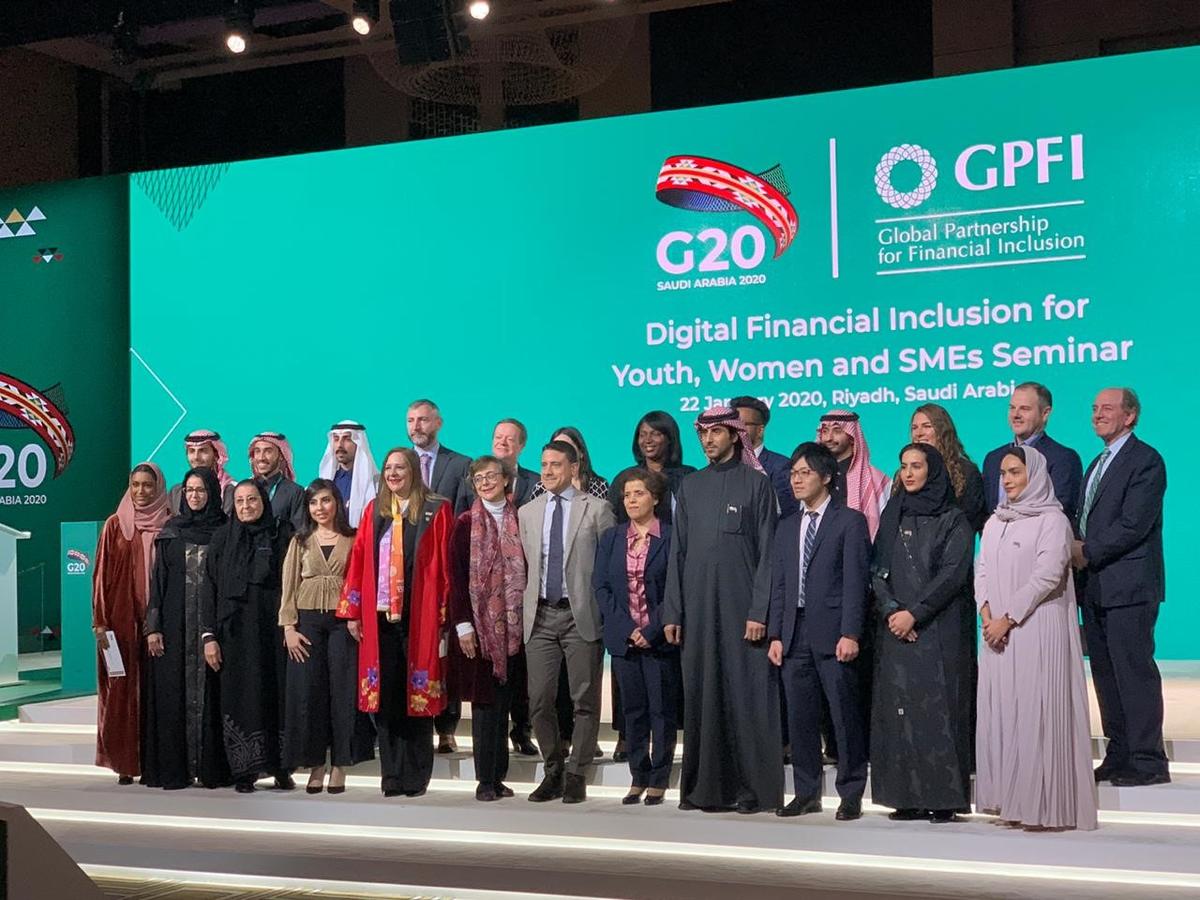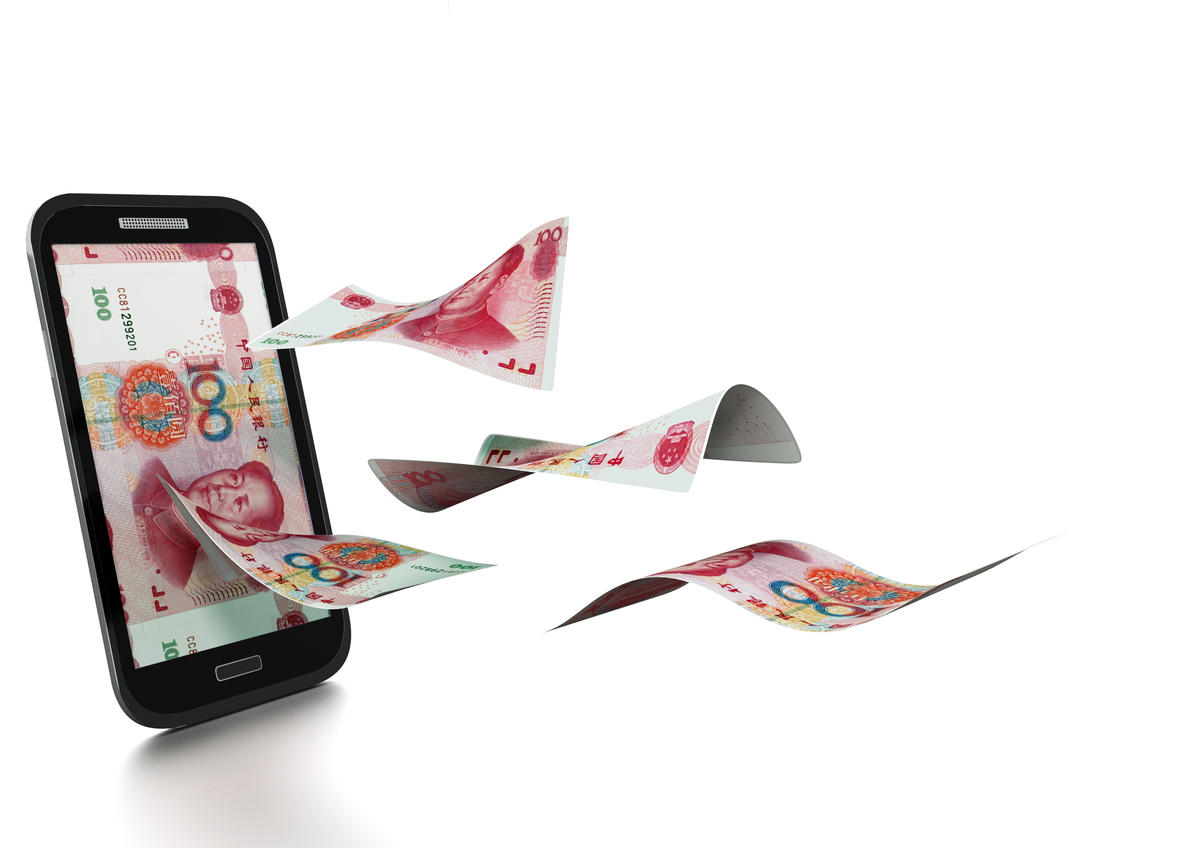Blog
Poor Access to Finance for Women-owned Businesses in India: The Role of Financial Institutions

There is huge scope for the financial institutions to innovate offerings and channels to reach out to the underserved yet significant market opportunity presented by over 3 million women-owned enterprises in India.
Research highlights how much more difficult it is for women entrepreneurs to obtain bank credit compared to men. Though several financial institutions in India have taken innovative measures to enhance access to finance to micro, small and medium enterprises (MSMEs), women-owned MSMEs continue to be on the fringe. IFC’s study on “Improving access to finance for women-owned businesses in India” highlights financial institutions’ apparent lack of interest in women-owned businesses. Financial institutions’ lack of belief in the women-owned enterprises has led to fragmented and unfocussed efforts and resulted in inappropriate products and processes for the segment.
The key driving factor is financial institutions’ skepticism towards women-owned enterprises. The roots of this attitude can be traced back to the skewed gender-balance in the staff structure of financial institutions in India. Only 17 percent of employees in scheduled commercial banks in India are female, which impacts the outlook of staff towards women-owned enterprises (perhaps due to the societal biases).
Financial institutions see micro enterprises (around 97.5 per cent of women-owned MSMEs in India are micro enterprises and operate in informal sector) as high-risk, which further complicates the issue.

Furthermore, India is a patriarchal society, and so women members of the household have limited or no entitlement to immovable and movable property. This gender-asset gap drives a cycle of lack of access to finance (see diagram). The lack of entitlement to property reduces women’s access to finance and increases their dependence on male members to avail credit from financial institutions. The financial institutions to date have failed to recognize that the non-entitlement to property leads to poor financial access for the segment.
Another effect of this perception of risk and the lack of women’s rights to property is the lack of efforts to develop suitable products and marketing efforts for the women-owned businesses’ segment. Only a limited number of public sector banks such as Canara Bank, SBI, SIDBI and Punjab National Bank offer specific products aligned to the needs of women-owned enterprises. Despite its tremendous potential, the majority of the financial institutions, especially private sector banks and non-banking financial institutions, see the segment as unworthy of their attention. Remarkably, even the banks that offer customized products hardly give any importance to targeted marketing and communication leading to poor product uptake and product performance.
In addition, banks make negligible efforts to simplify or adequately communicate processes to address women (and indeed most MSME) entrepreneurs’ lack of awareness of procedural requirements. This lack of clarity on documentary requirements leads to repeated trips to the financial institution and an eventual disillusionment with the process.
Another reason for financial institutions’ apathy is women entrepreneurs’ need for small ticket size loans. Small loans have high per customer cost of administration and servicing in comparison to the expected revenue. Additionally, the credit risk assessment process, which generally is very sophisticated, is the same for small and large loans, so financial institutions have to bear equal cost on both types of loans. Thus it does not make any business sense for financial institutions to invest in low-ticket size small loans.
The study on “Improving access to finance for women-owned businesses in India”, details out these factors for readers to understand the issue along with recommendations to overcome the challenge.
To enhance access to finance to women-owned businesses, the banks and financial institutions should:
- Develop and implement tailored products and services to meet financial needs of women entrepreneurs.
- Refine policies, procedures, and systems to become more accessible to women entrepreneurs.
- Simplify the approval process to reduce the number of visits to branches.
- Rationalize loan appraisal procedures to make them more cost-effective.
- Adopt targeted sourcing/marketing strategies, generate awareness about products and services, and explore potential for “doorstep financial delivery model” branchless banking and other cost-effective and innovative delivery systems.
- Consider tie-ups with non-governmental organizations, microfinance institutions, and self-help groups that often have a better understanding of their geographies and insights into clients’ cash flow cycles and repayment capacities. These tie-ups could reduce transaction costs and manage risk.
- Incorporate delivery channels such as online banking, mobile banking, and phone-a-financial product facilities.
- Remove dependence on male members of family as a pre-requisite to access finance. Some/many public sector banks demand that either husband or father (in case of unmarried women) sign the loan application. The banks and financial institutions should amend their processes to accept women entrepreneur’s signature for loan application and documentation.
- Explore options for psychological or alternative collaterals such as post-dated checks, movable assets, and business assets.
There is a high potential market of 3 million enterprises waiting for banks that implement these recommendations!






